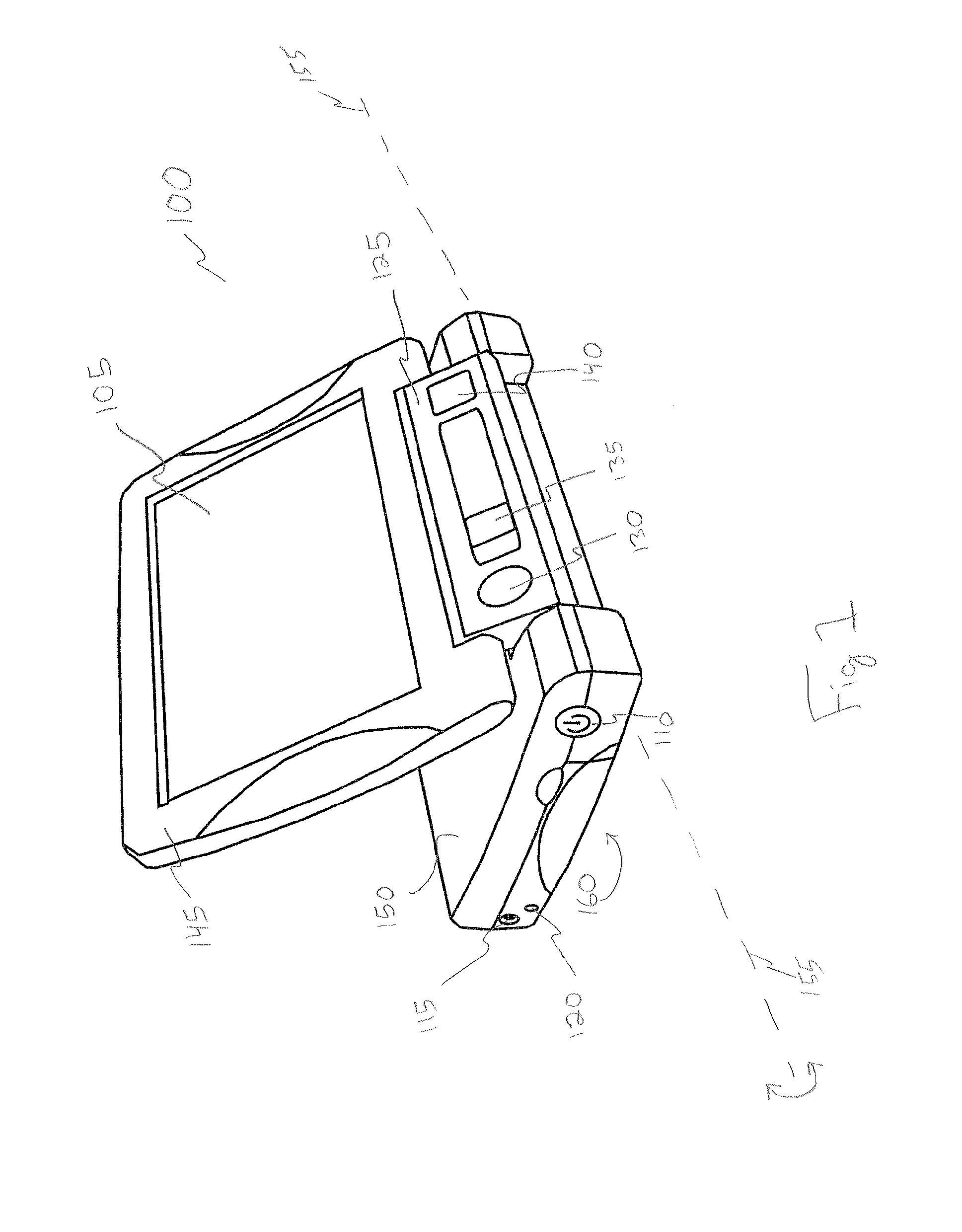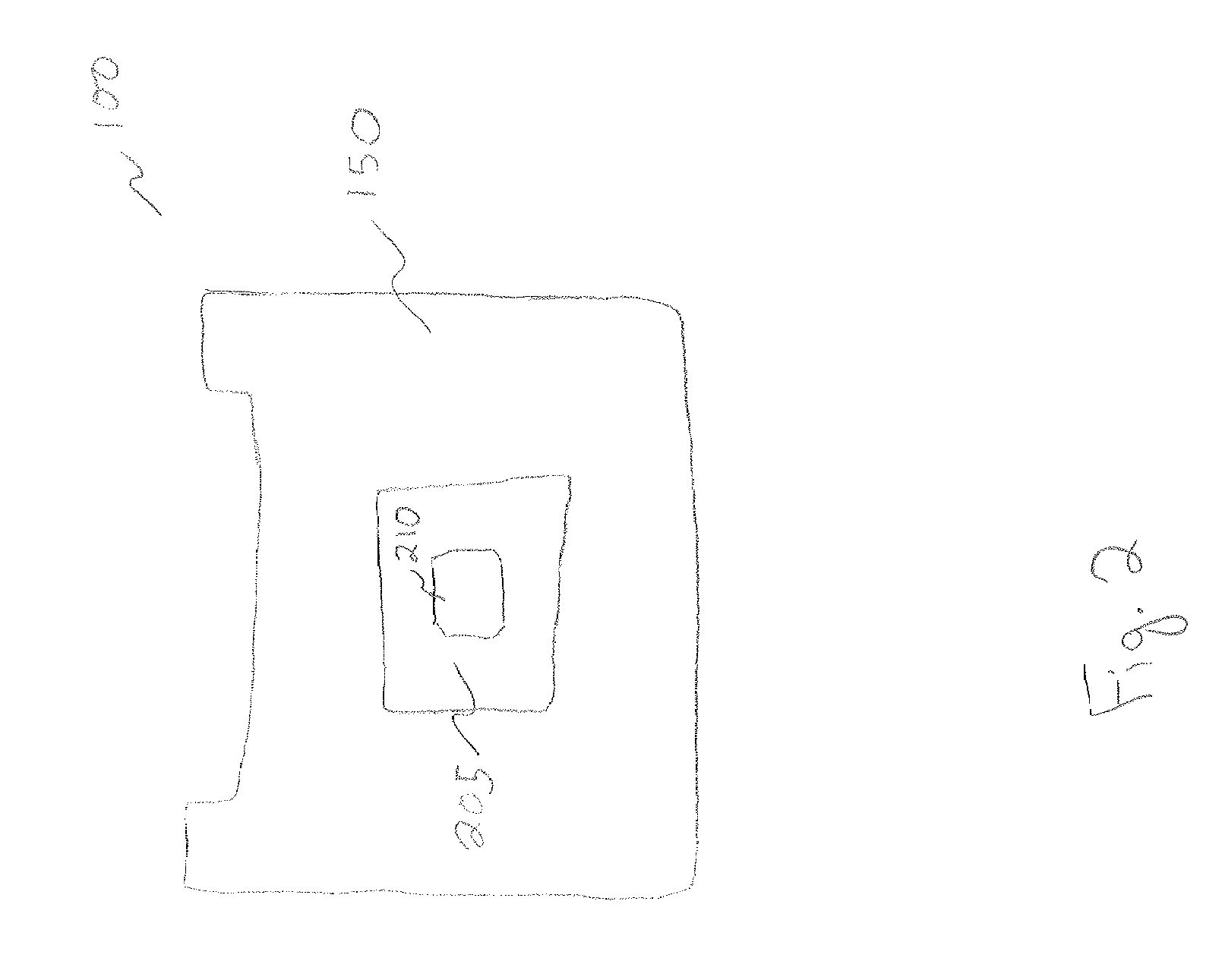Systems and methods for imaging objects
a technology of imaging objects and systems, applied in the field of imaging systems and methods, can solve the problems of conflicting requirements between two modes, not the most optimal for either, etc., and achieve the effects of preventing blurring or smearing of letters, reducing noise, and high speed
- Summary
- Abstract
- Description
- Claims
- Application Information
AI Technical Summary
Benefits of technology
Problems solved by technology
Method used
Image
Examples
Embodiment Construction
[0024]The systems and methods described herein are not limited in their application to the details of construction and the arrangement of components set forth in the description or illustrated in the drawings. The invention is capable of other embodiments and of being practiced or of being carried out in various ways. Also, the phraseology and terminology used herein is for the purpose of description and should not be regarded as limiting. The use of “including”“comprising”“having”“containing”“involving” and variations thereof herein, is meant to encompass the items listed thereafter and equivalents thereof as well as additional items.
[0025]Various aspects and embodiments are directed to imaging objects. For example, and as discussed further below, an imaging device may capture or produce images of an object. These images, which may include a series of frames, may be enlarged to facilitate their viewing. When, for example, there is relative motion between an imaging device and an ob...
PUM
 Login to View More
Login to View More Abstract
Description
Claims
Application Information
 Login to View More
Login to View More - R&D
- Intellectual Property
- Life Sciences
- Materials
- Tech Scout
- Unparalleled Data Quality
- Higher Quality Content
- 60% Fewer Hallucinations
Browse by: Latest US Patents, China's latest patents, Technical Efficacy Thesaurus, Application Domain, Technology Topic, Popular Technical Reports.
© 2025 PatSnap. All rights reserved.Legal|Privacy policy|Modern Slavery Act Transparency Statement|Sitemap|About US| Contact US: help@patsnap.com



